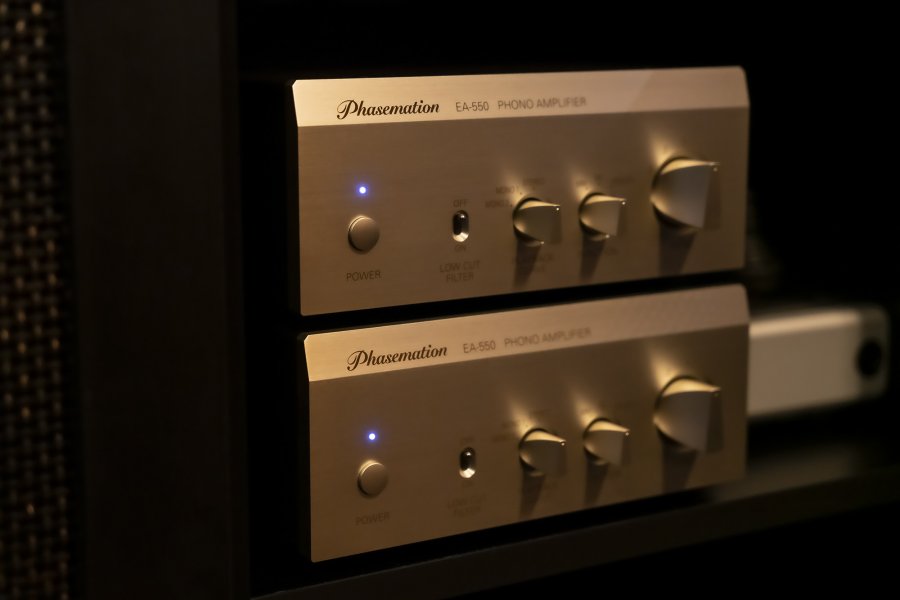Thank you 'gestalt' for your suggestion for the Konus Audio 3000MC. Much appreciated. Also a very interesting Phono Stage.You might find the Konus Audio Vinyle 3000MC (http://www.konus-audio.com/vinyle-3000mc.html) interesting. Minimalist design, current input, sounds remarkably alive. The gentleman who builds Konus is also the worldwide distributor for Fuuga. Really nice phono.
I have read previously on WBF from fellow members that the Fuuga cartridge is a great match for the Kuzma 4Point 11" tonearm.
With a Phono Stage to match the Fuuga, I can imagine the sound will be quite amazing.









